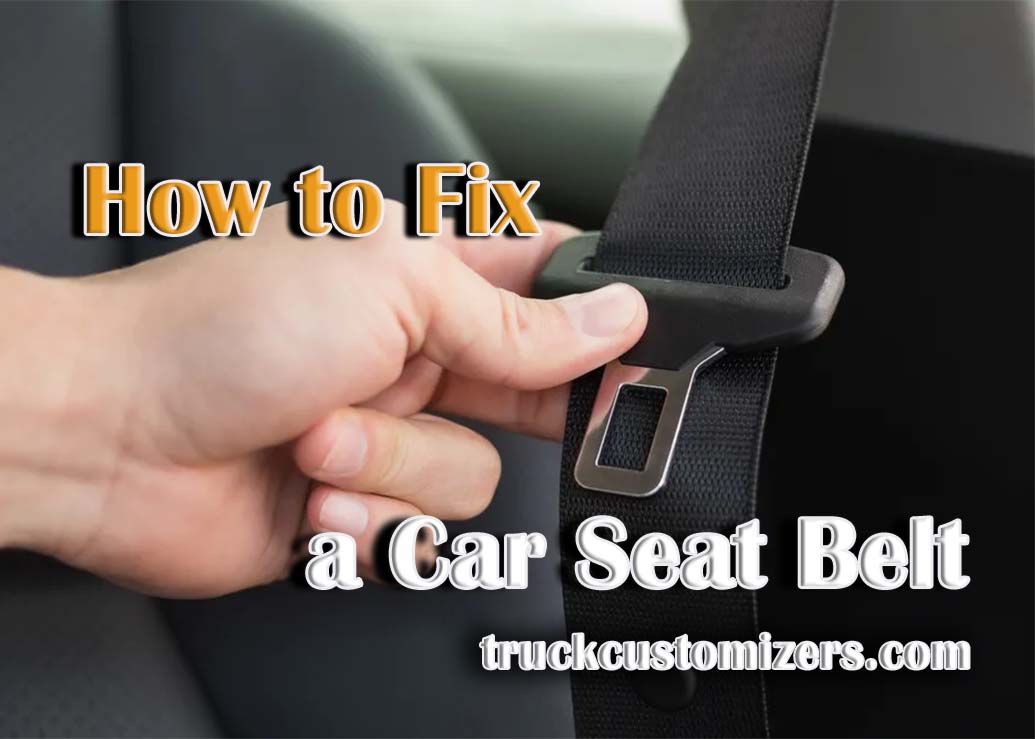Car seat belts are a vital safety feature of your vehicle, and it is important to keep them in good condition. Knowing how to fix a car seat belt can help you stay safe on the road and maintain your vehicle’s value. In this guide, we will cover the steps for troubleshooting, replacing, and repairing your car’s seat belt so you can make sure it is functioning properly.
Troubleshooting Your Car’s Seat Belt
The first step in fixing a car seat belt is to determine what the issue is. Before making any repairs or replacements, inspect your vehicle carefully for signs of wear and tear or damage that may be causing problems with the seat belt system. Check for cracks in the plastic components or worn areas on the fabric webbing of the belt itself that may indicate that it needs to be replaced. Also check if any bolts or fasteners have become loose over time which could prevent the belt from functioning properly. Finally, make sure that any connectors between each component of the seatbelt system are securely connected so they can properly communicate with one another to activate the release mechanism when needed. See here how to clean seat belt.

Replacing or Repairing The Seat Belt
Once you have determined what is causing the seat belt issue, you can begin to make repairs or replacements. If the problem is due to a worn part of the belt itself, it may need to be replaced, and you should read your vehicle’s manual for instructions on how to do this correctly. If the issue is only minor, such as a loose bolt or fastener, then you may be able to repair it yourself with some basic tools and expertise. Make sure that all bolts are securely tightened and all connectors are properly connected before testing the belt again.
Final Steps For Installing New Parts
If you are installing a new seat belt or replacing an old one, follow these steps:
- Install any required hardware first such as bolts, clips or brackets that secure the seat belt components in place.
- Connect each component of the seatbelt system together so they can communicate when needed for release activation.
- Ensure that all connections are properly secured and tightened so they do not come loose over time.
- Check for any signs of wear on both fabric and plastic components of the newly installed seatbelt before using it again in your vehicle.
Conclusion
Maintaining your seat belt is essential for keeping you and your passengers safe on the road. With this step-by-step guide, you now have a better understanding of how to troubleshoot, repair, or replace your car’s seat belt if it becomes damaged or worn over time. Remember to always read your vehicle’s manual and use caution when making any repairs or replacements to ensure that everything functions properly before hitting the road again.



